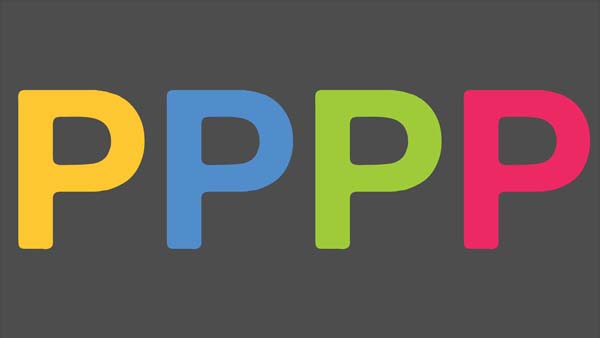
4 Easy Ways To Churn Out Blog Content Consistently
March 2, 2015
How Does Blogging Help Inbound Marketing?
March 9, 2015 When we come across the phrase “4 P’s”, the first thing that pops into our mind is Product, Place, Price, and Promotion, the 4 P’s of traditional marketing. But this article directs you to a totally different set of 4 P’s—Persona, Purpose, Promotion, and Period, which are used for Inbound Marketing*. With that, let’s begin with these P’s to start cracking on Inbound marketing for your company.
When we come across the phrase “4 P’s”, the first thing that pops into our mind is Product, Place, Price, and Promotion, the 4 P’s of traditional marketing. But this article directs you to a totally different set of 4 P’s—Persona, Purpose, Promotion, and Period, which are used for Inbound Marketing*. With that, let’s begin with these P’s to start cracking on Inbound marketing for your company.
- Persona – Who are the people / the companies will you target?
When it comes to targeting, most companies fail. Companies tend to cast a wide net to bring in most of the fishes, but this will rarely bring in any fish. Therefore, it is better to dig deep and get to the specific details that are required for your ideal customer. Remember, your buyer persona is different from your target market. Will your campaign target the industry (target market) or Jill, the Chief Marketing Officer for that industry (buyer persona)? Start creating messages that are customised for your buyer personas now in order to get the most out of your campaign.
- Purpose – Why is your target customer searching for your information?
Catching your prospect in their time of need is a large part of the way inbound marketing works. Providing information even before your competitors post it online will drive prospects to your campaign. Surveying your current customers will be a very effective way to find out what your prospects are searching for, and to attract them, you should create a simple mission statement for what the prospect might want to accomplish.
{{cta(‘e1ae3ca5-1611-4bdc-8228-076d0a897544′,’justifycenter’)}}
- Promotion – Where will you promote your content?
Your blog posts will be indexed by search engines and shown in relevant search results, so make sure to use titles that are likely to match up with your prospect’s search terms. In addition, you may consider garnering your traffic via paid search and social ads, such as Google, Facebook, LinkedIn and Twitter, which offer interesting targeting options. There is so much money you can save this way as compared to using untargeted campaigns.
- Period – How long will you run the campaign for?
Creating new and updated content for your organic search is more significant for pulling customers to your website or campaign. As the organic search traffic doesn’t stop bringing in new traffic every day, updating the content is of utmost importance. In terms of paid ads, it is totally up to you to decide the timeframe. Nevertheless, a check-in date is required to review your progress of the campaign before the new content is produced, which will give you an idea of what type of content to create for the customers.
Using these as your head start, proceed to create quality content, promote it, and thus attract prospects.
* Inbound marketing is a form of digital marketing that involves SEO, Social Media, blog and landing pages to generate sales leads.
{{cta(‘9aa76e4b-a2ce-405e-8b24-1c95bba170db’)}}


